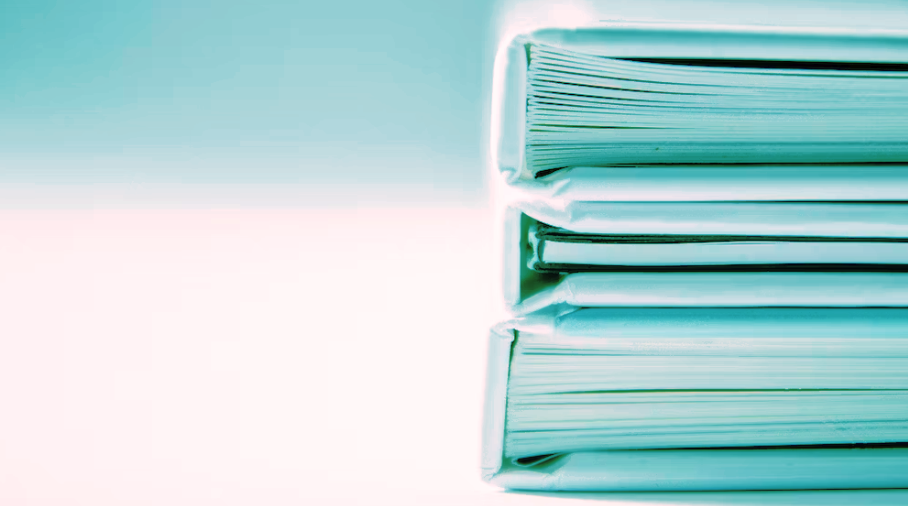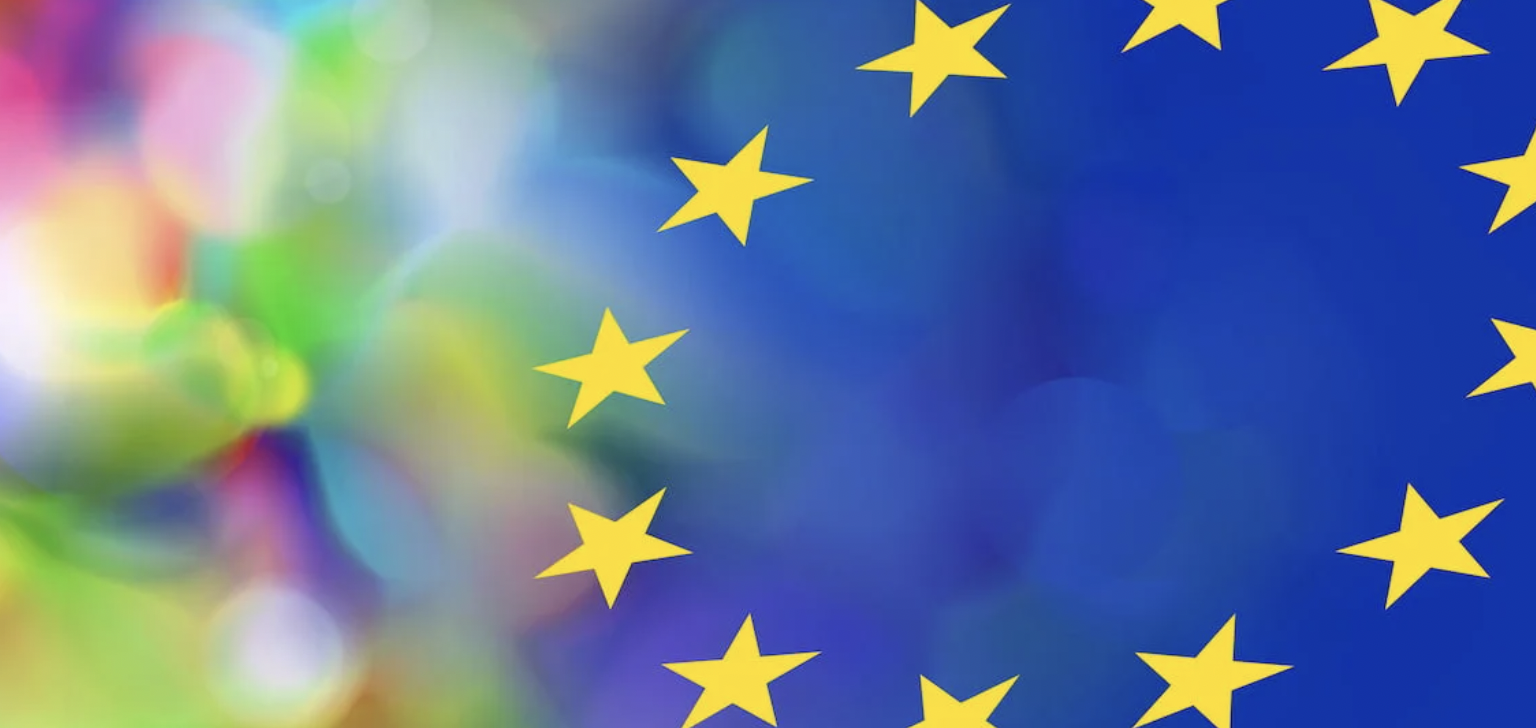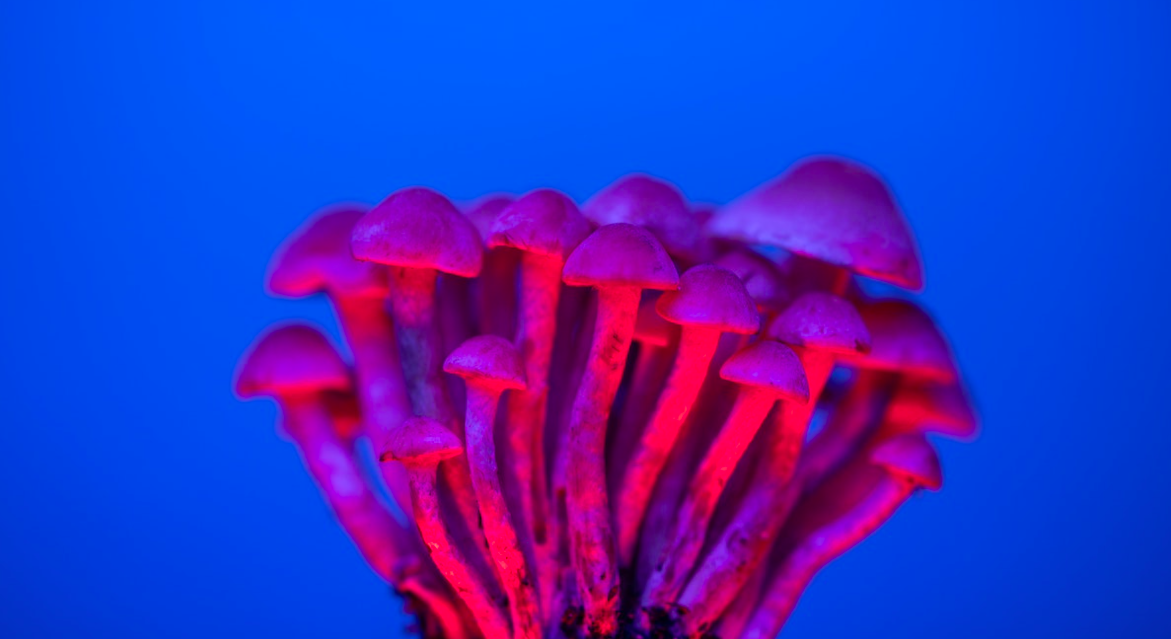
Contributed article by Matt Zorn, Partner at Yetter Coleman, for The Psychedelics As Medicine Report: Fourth Edition.
The patent portfolio of a pre-revenue pharma company with significant R&D burn can be its lifeblood. Absent an exclusionary right, to protect the fruits of the R&D, all the resources and talent in the world may not be enough for a company to prevent a less-endowed pirate from ripping off a future blockbuster – and capturing the profit for itself.
Enter psychedelic medicine patents. A patent does not guarantee a right to practise an invention. Rather, it bestows a right to exclude competitors. By excluding other players for a limited term, the theory goes, an inventor can capture the fruits of production for him or herself over that term, thereby rewarding and incentivising innovation.
Thus, a patent’s value derives from what it excludes. Think of a patent like a fence surrounding a vineyard. The value of that fence comes not from the area it covers -the breadth of coverage – but from the value of the vines contained therein. A fence could cover very little property, but, if the enclosed vines yield many grapes, that fence could be quite valuable. Indeed, a small fence ensconcing a single productive vine could be far more valuable than a fence surrounding a vast, barren acreage.
In addition, for a patent to have value, it must be valid. A valid patent claim must be new and inventive or non-obvious. This means that the exclusionary fence must enclose new, non-obvious material. As such, the name of the patent game is not always breadth. After all, the more area enclosed by a fence, the greater the danger that the fence covers old ground.
Orange Book patents
Many (but not all) patents in the emerging psychedelic space are pharma patents: patents directed to a product or process involved in the administration of an approved pharmaceutical product or therapy. In addition, for the reasons stated above, such patents that closely track new drug products—even very narrow ones—can be some of the most lucrative in the world. Weeks of exclusivity tied to a blockbuster drug product can translate to millions in revenue. Also, these pharma patents tend to fare better when challenged in court, with significantly lower invalidation rates.
In 2021, the US Patent Office granted 327,798 utility patents. Common wisdom suggests around 95% of these patents will not amount to much. Pharmaceutical patents are no exception. Many pharmaceutical products never make it out of clinical trials. If the value of pharma patents relates to the things they are guarding, the pharma patents have little value if the products they guard never make it. But when those products do make it, patents covering those products are king.
This has a lot to do with the regulatory environment. To balance innovation and access, drug approval laws contain provisions that involve exclusivities related to new drug applications. When a drug is approved, the US FDA grants new drug exclusivity rights for a period of up to seven years, depending on the submission type. This type of exclusivity— called data exclusivity—keeps firms from using submission data in obtaining approval for generics, whether a patent is tied to a product, or not. MAPS, for example, expects approval by the FDA for its MDMA formulation sometime in, or after, 2023, and intends to rely on data exclusivity rights—not patents— to exclude competitors to recoup R&D.
In addition to, or in place of, market exclusivity, a drug manufacturer may also rely on patents. Among other benefits, patents last longer than data exclusivity: 20-years from the date of filing. Patents related to approved drug products must be listed in FDA’s Orange Book, which identifies drug products approved by the US FDA. Applicants for non-disclosure agreements (NDAs) must file an application for all patents ‘which a claim of patent infringement could reasonably be asserted.’ If an unauthorised person engaged in the manufacture, use, or sale of that drug. This requirement extends to patents covering the active ingredient, formulation of drug products, and methods-of-use.
Orange Book patents have unique characteristics that distinguish them from other pharma patents and make them even more valuable. For example, under US law, some Orange Book patents get longer terms and the power to prevent a generic drug from getting FDA approval to enter the market for up to 30 months until any patent litigation is resolved – in effect, an automatic preliminary injunction that is rarely available in normal patent litigation.
COMPASS Pathways v. Freedom To Operate (FTO)
Perhaps the most notorious group of psychedelic pharma patents destined for Orange Book status are COMPASS Pathways’s patents. U.S. Patent No. 10,947,257, for example, issued on 16 March, 2021, covers silicified microcrystalline cellulose and, ‘a therapeutically effective amount of crystalline psilocybin in the form Polymorth A’, characterised by five specific peaks in an XRPD diffractogram with a variance of ±0.1°2θ, where the crystalline psilocybin has purity greater than 97% and no single impurity greater than 1%. The claim appears narrow, but obviously covers COMPASS Pathways’s proprietary COMP360 synthetic psilocybin product. COMPASS Pathways has obtained additional patents related to COMP360, including method-of-use patents.
In December 2021, FTO filed two postgrant petitions with the Patent Trials and Appeals Board (PTAB) challenging two of the COMPASS Pathways’s patents that cover the specific form of Polymorph A described above. In the petition, FTO sought a broad construction for the term, ‘polymorph’ to mean ‘a solid crystalline phase of a given compound resulting from the possibility of at least two different arrangements of the molecules of that compound in the solid state.’ Presumably, FTO sought a broad construction to dovetail with its arguments that the COMPASS Pathways fence enclosed prior art. Broader peaks could have invalidated the patents based on the prior art, as one of the cited references taught peaks very close to the COMPASS Pathways peaks, but outside the specific variance of ±0.10°2θ.
In denying the petition, the Patent Office agreed with COMPASS Pathways and applied a narrow construction of the patent claim terms. The PTAB concluded that even if ‘polymorph’ were typically understood to be as broad as FTO argued, ‘Polymorph A’ had a specialised meaning in the patents limited to the five specific peaks listed in the claim. It also concluded that, while those peaks would involve some degree of experimental error, the claim language specifically accounted for that error by, ‘expressly reciting a variance of ±0.1°2θ.’ Under these narrow constructions, the PTAB denied institution on FTO’s petition, concluding that the prior art did not teach two of the five peaks within the stated variance.
Looking Forward
Following the denial of the petition, FTO proclaimed that ‘COMPASS Pathways is now on notice that its ‘Polymorph A’ patents cannot be asserted recklessly against any commercial-scale manufacturer or distributor of a psilocybin-based medicine,’ and that psilocybin manufacturers, ‘now have a clear pathway for making sure that psilocybin they manufacture or sell is not at risk of infringing COMPASS Pathways’s ‘Polymorph A’ patents.’ But, the fact remains that COMPASS Pathways’s intellectual property (IP) remains wholly intact, ready to protect its product as soon as COMP360 runs the regulatory gauntlet. Whatever one thinks of the outcome, the dispute between the warring psilocybin factions could be a harbinger of things to come. It also illustrates some of the principles described above. COMPASS Pathways was successful with a narrow construction covering a specific form of ‘Polymorph A.’ Nonetheless, there should be little doubt that FTO challenged the patents precisely because these narrow patents; will still be quite valuable, will likely attain Orange Book status, and will help COMPASS Pathways with a strategy to build an IP/regulatory thicket around its proprietary psilocybin product.
For more information on intellectual property and to make informed investment decisions, download The Psychedelics as Medicine Report: Fourth Edition.


